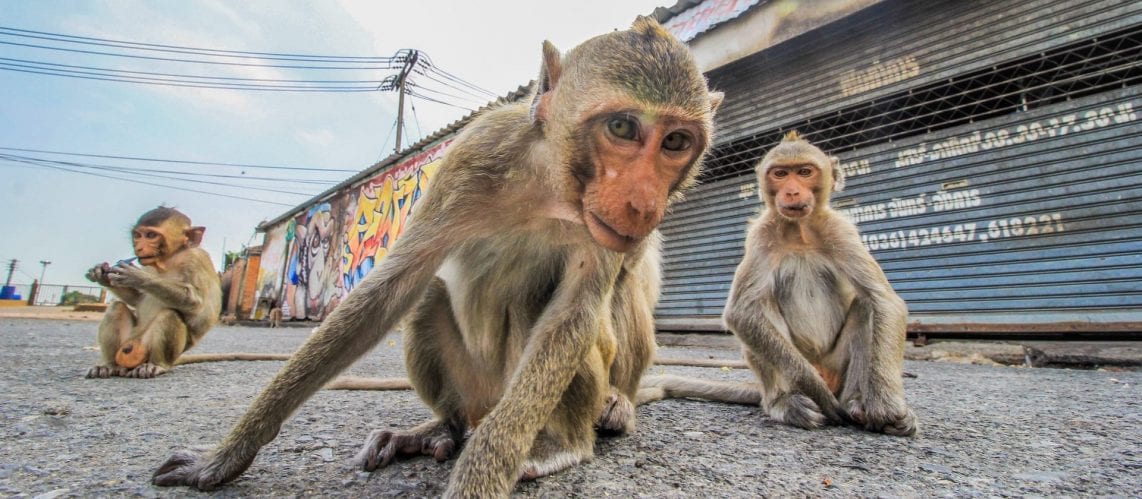Written by: Achu Balasubramanian, Saniya Syeda, Mackenzie Warren, Claire Lungwitz
Ritvo, Harriet. “Animal Planet.” Environmental History, vol. 9, no. 2, 2004, pp. 204–220., doi:10.2307/3986084.
Compared to: Singer, P. 1975. Animal Liberation. HarperCollins. [Preface and Chapter 1: All Animals Are Equal]
The author of Animal Planet, Dr. Harriet Ritvo, is a historian who studies and teaches courses in British history, environmental history, and the history of human-animal relations at MIT. She holds degrees (A.B. and Ph.D.) from Harvard University, and has also studied at Girton College, Cambridge University. Ritvo’s research has been supported by acclaimed institutions, like the National Endowment for the Humanities, the National Humanities Center, and the Stanford Humanities Center. Her current research concerns wildness and domestication.
Animal Planet, published in 2004 by the Oxford University Press, was a journal article for Environmental History, a leading journal for scholars of history, ecology and biology. It analyzes the transformation and change in how humans and animals have impacted each other throughout history.
Ritvo argues that humans and animals have shaped one another for centuries. Animals have provided humans with higher immunity and food through agriculture, and companionship through domestication. Even so, she asserts that “as greatly as domesticated animals have influenced human existence, our impact on them has been greater still” (Ritvo 214). The domestication of animals through selective breeding has reshaped the abilities of animals, making greyhounds faster, livestock bigger, and collies less effective herd dogs since “their skulls were reshaped to feature a long elegant nose” (Ritvo 215). Not only have humans impacted domesticated animals, they have reshaped the lives of non-domesticated animals. Humans have hunted many species into extinction, completely altering ecosystems. It wasn’t until the late 1800s that “wild game was transformed from an obstacle into a valuable resource in need of protection” (Ritvo 209).
Ritvo was clear and concise when describing how humans and animals have impacted one another. She begins by explaining the history of these impacts, including the effects of human-animal relationships on the environment through hunting, animal agriculture, and extinction. As she continues, she begins to describe the impact humans have had on domesticated animals as “the process of domestication has changed the very nature of its subjects” (Ritvo 214). Humans and domesticated animals have a direct impact on wildlife. By explaining the impact of domesticated animals on wildlife, Ritvo could have strengthened her argument by demonstrating the indirect impact humans have on wildlife as well.
This article emphasizes the history between animals and humans, and how people have recently become aware of the importance and influence of animals over time. For example, Ritvo argues that “farmyard creatures have become less likely to be abstracted through quantification, and more likely to appear as individuals, or at least groups of individuals” (205). When comparing this article to Singer’s preface, he seems to agree. Animals have more attention in the media than ever before, which is helping to combat the ignorance many people have towards animal rights. This is demonstrated when Singer states, “Now that the media are taking animal issues more seriously, this ignorance is starting to break down” (x). He believes that animals being in the media has helped to humanize them, which adds to Ritvo’s argument that humans and animals have shaped one another for centuries, though people are just beginning to realize this importance.
Ritvo’s work inspires various questions regarding the influence of humans and animals over one another. In examining the issue through a historical perspective, she argues that “there was never any period or state of human society that existed in a completely harmonious or static relation to the rest of the environment” (Ritvo 207). This prompts the question of whether there will ever be a time in the future where this becomes a reality due to the world’s ever changing view of animal related issues. While human-animal relations have vastly improved from the past, and are still improving, the pattern of history has demonstrated that humans will always shape the lives of animals for better or for worse and this dynamic is unlikely to change soon.
